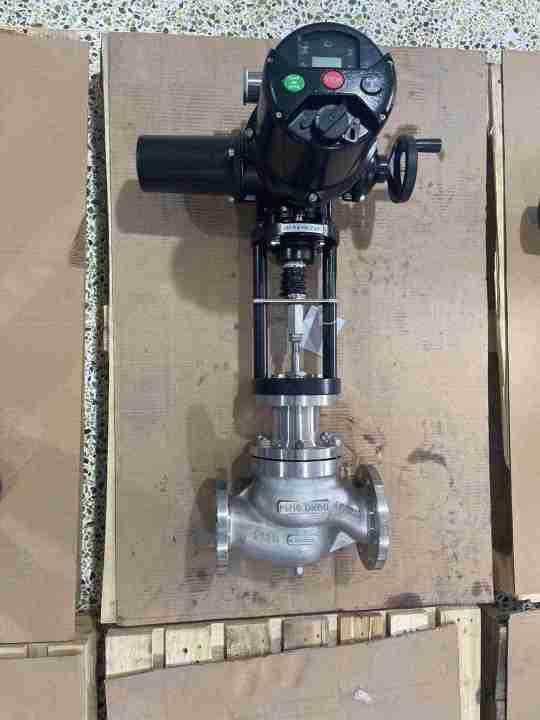The WCB Electric Two-Seat Regulating Valve is a pivotal component in modern industrial fluid control systems. Known for its precision, reliability, and efficiency, this valve type is widely used in various industries, including chemical processing, oil and gas, power generation, and water treatment. It plays a crucial role in managing fluid flow, pressure, and temperature, contributing to optimal system performance. In this article, we will explore the design, working principle, applications, advantages, and maintenance of the WCB Electric Two-Seat Regulating Valve.

Design and Construction The WCB Electric Two-Seat Regulating Valve is designed with a dual-seated structure, a key feature that sets it apart from single-seat valves. This dual-seated design allows for higher flow capacity and better pressure regulation. The valve body is usually constructed from WCB (Carbon Steel), a material known for its excellent durability, resistance to corrosion, and ability to withstand high temperatures. This makes the valve ideal for use in harsh industrial environments. The valve also incorporates an electric actuator, which is responsible for transforming electrical signals into mechanical movement. This actuator adjusts the valve’s position, enabling precise control over fluid flow. The integration of the electric actuator allows the valve to be used in automated systems, making it a preferred choice for industries that require remote control and high-precision operations.